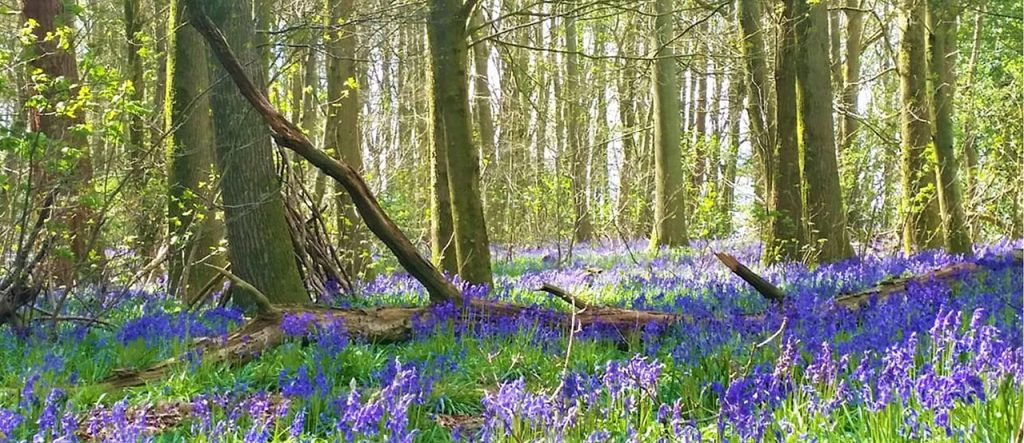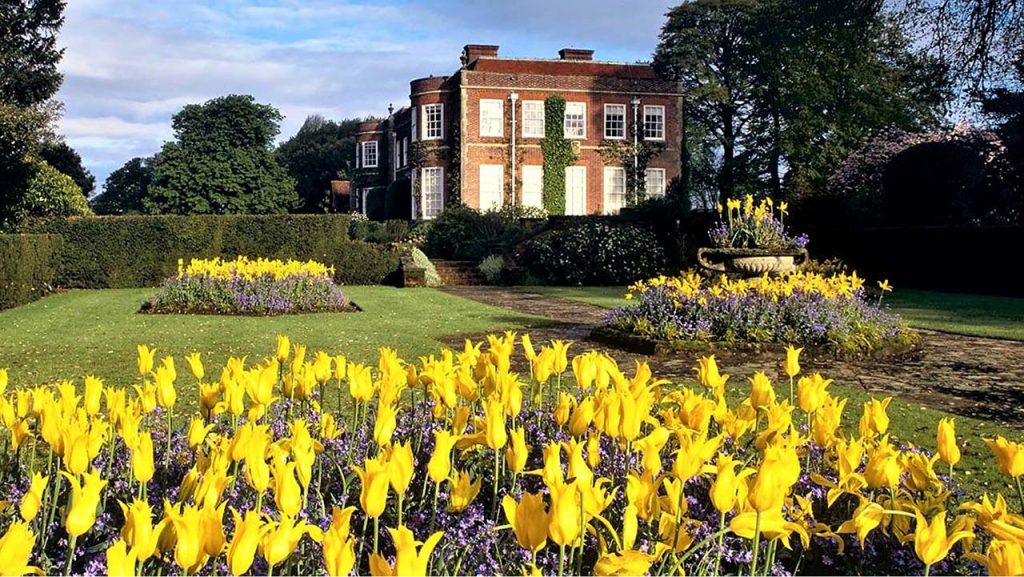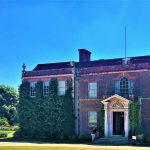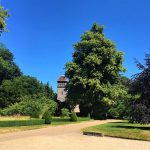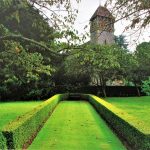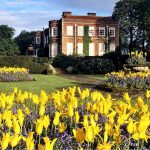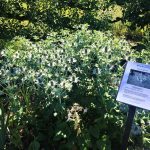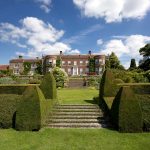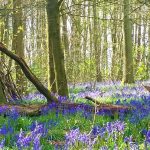Ancient and Historic Greenery at Hinton-Ampner House
We were at the unique name Hinton-Ampner stately home – the ‘House on the Hill’ with enough reasons for us to explore it. In the last 400 years it rose from the ashes twice, rebuilt twice; back to its glory, after being haunted for over a century! Driving through the rolling green Hampshire countryside, we had reached the historic 16th century Tudor-era style country home and estate now set in modern Georgian grandeur.
After finishing the tour of the house we decided to further enjoy the harmony and serenity of the Hinton-Ampner well-designed gardens, parkland & woods. It was not humanly possible to explore the 1650 acres of the Hinton-Ampner estate in a single day but we did our best to cover the splendid diverse greenery enveloping the home to the Dutton family, for 400 years and now managed by the National Trust.
The Walk to the Hinton Ampner house
Earlier, at the car-park we looked out for the more than 500 years old, ancient Oak trees with the help of our map and spotted few on the way to the shady evergreen Drive to Hinton-Ampner House. We passed several rhododendrons thoughtfully planted for timed successive flowering, not all together at one time! We walked along a flower border whose flowers and colours transform according to the season of the year – Spring, Summer, Autumn and Winter. Past the gate of the Walled Garden that produced the vegetables, fruits & and cut flowers for the house since centuries but now for the Tea rooms and gift shop, we headed for the house.
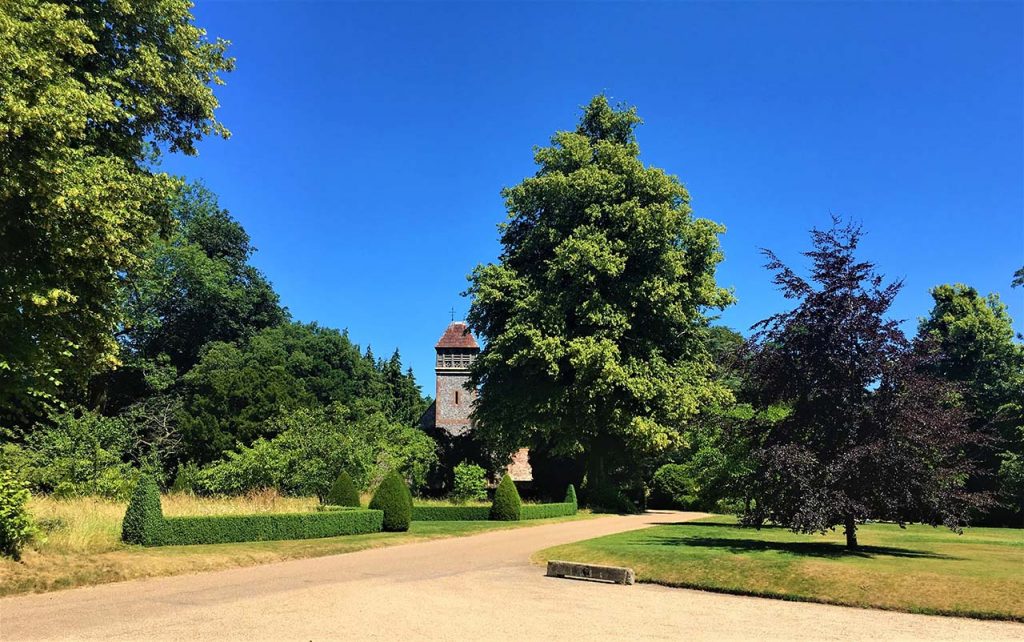
Ralph Dutton’s said ‘the plain lawn was the most attractive area lying between the Church and the Hinton Ampner house with the tall jade-greens
A bend in the Drive revealed the first sight of the Hinton Ampner House. The unassuming simple exterior offered no hint to the magnificent interior! Soon we were exploring the 1960’s recreation of the Hinton Ampner house of Lord Sherborne – Ralph Dutton whose ancestors the Stewkeleys lived here, since 1597! The House acquired the reputation of a haunted house in the 18th century so much so that it lay deserted for years till the year 1867 when Ralph Dutton’s grandfather redesigned a Victorian house here. Finishing the tour of the classical Hinton-Ampner house we decided to explore the equally elegant tranquil gardens and parkland recreated by Ralph Dutton.
Lily pond and terraces
Armed with a garden book with map we walked along one side of the Hinton Ampner House and first came across a long rectangular Lily pond with 9 different varieties of Lilies bedecking it and a bed of white ‘iceberg’ roses, an area which Ralph Dutton created on his father’s Croquet lawn! Next we strolled from the Lily Pond towards the Paved Terrace with scented flowers and leafy- plants that can grow here as they are protected by their location under the House where it is little warmer. The guide map further stated that behind the house lay the Main Terrace which gets windy so careful choice of plants is required with space allocated to Summer perennials and later September flowering plants. We marvelled at the careful gardening vision behind the greenery and flowers!
Ralph Dutton’s Sunken Garden and further
Next we headed for the Ralph Dutton’s Sunken-garden down 3 flattish steps to view the attractive centre-flower beds filled with tall Tulips and short Forget-me-nots to be replaced by sensational Dahlias in the Summer! Our guide book said that as the soil was heavy here it became too hot in the Summers and too cold in the Winters so the conditions were difficult to support many plants. The beautiful Sunken Garden leads to the 180 meter Long Walk linking the 2 ends of the gardens with an attractive avenue formed by the Irish Yew trees.
With the map’s help we reached the beautiful statue of Diana and spotted the sun dial created on an old tree trunk, from where we turned around to go back, again catching a view of the alluring Sunken-garden flowers ahead of us in the distance.
Leaving the vast Park behind us and passing the semi-circular Bastion on our right; we caught spectacular views of the countryside from the Bastion. Our map showed a Temple ahead- a fashionable trend in the 18th century when Greek-Roman look ruined-monument was built as a resting place in the gardens! We were impressed to know that this part of the estate led to the entrance of the original, haunted Tudor Hinton Ampner house that was demolished after1793!
The Tranquillity of the East Lawn and the Church
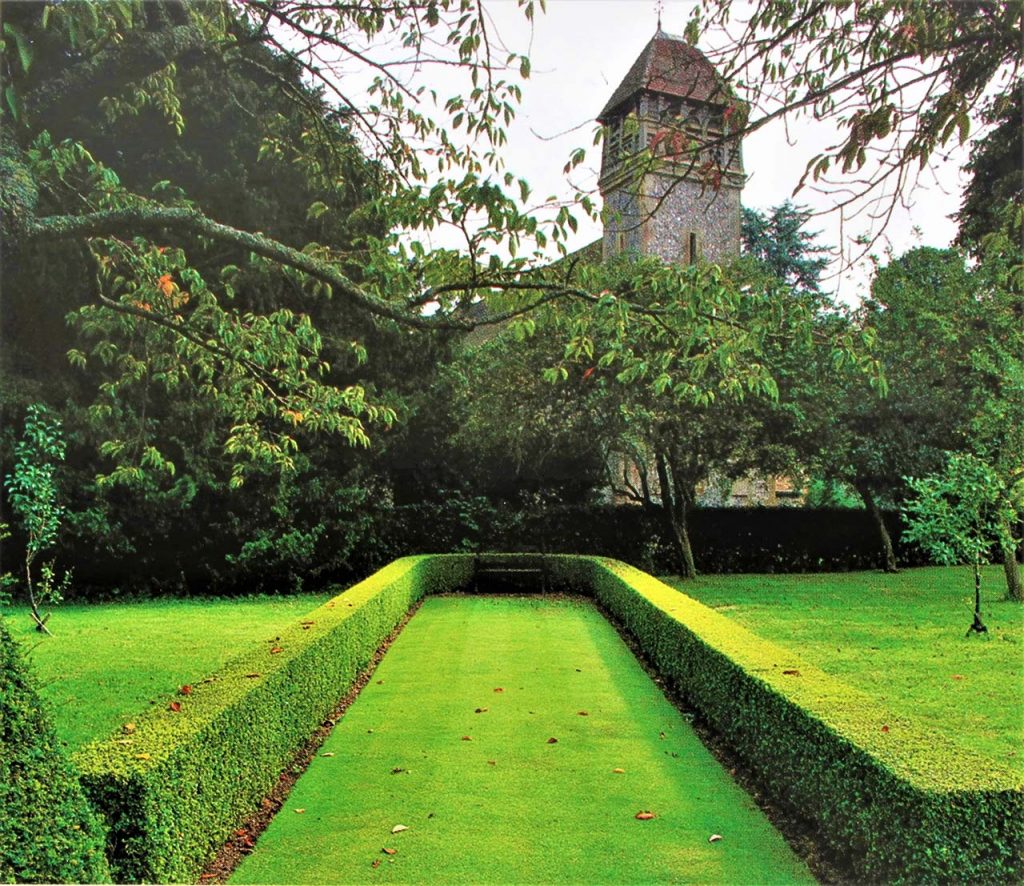
The East Lawn,Orchard and the 5th century Church in the background where Dutton and his ancestors were laid to rest
We walked back the way we had come much earlier and stopped at the picturesque lawn to enjoy the natural beauty of the All Saints Church in the background, surrounded by the East Lawn and the Orchard. The All Saints Church is originally Saxon ( Saxons were of German origin, settled in England around 5th century) and Dutton’s grandfather rebuilt the Nave and Bell towers of the Church. I recalled reading Ralph Dutton’s statement that ‘the plain lawn was the most attractive area lying between the Church and the Hinton Ampner house with the tall jade-green stems of Beech trees rising beyond it. There is spaciousness and tranquillity here, which my more elaborate efforts elsewhere have not achieved.’ Ralph Dutton and his ancestors were laid to rest at the Church.
Chat at the Tea-room
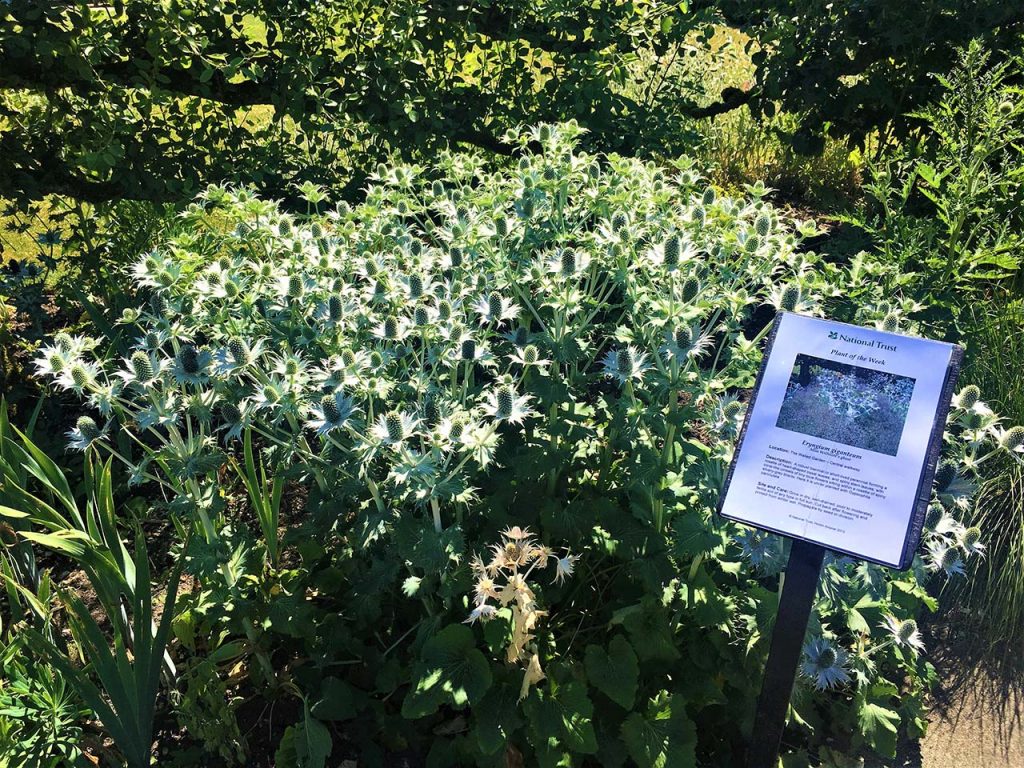
Plant of the Week- ‘Miss Willmott’s ghost or Eryngium Giganteum’, unique plant with spiny green flowers which enhanced its strange beauty!!
While walking back to the Tea room we came across the Plant of the Week- ‘Miss Willmott’s ghost or Eryngium Giganteum’ – a unique plant with spiky green flowers which enhanced its strange beauty!! At the Tea-room we discovered that the Walled-Garden nearby supplied products used in its Kitchen! Additionally the food and flowers grown here are available at the souvenir-gift shop too. A friendly staffer informed us about the beautiful meandering walks, including the Ancient Tree walk that were hugely popular. Also, school holidays brought families here not just for exploring the trails but participating in the Hinton –Ampner house spotter exciting quiz too!
Au Revoir
Soon we headed for London with memories of the grand Hinton-Ampner House that survived ghosts and fires to regain its glory! We hoped to come back in different months to enjoy the flowers according to the weather- Bluebells in April-May, Roses & Dahlias in Summer, trees laden with rich yellow-orange leaves in Autumn and the Christmas month of December to enjoy the festive look of the Hinton Ampner house; to relive memories of Christmas arrangements by Ralph Dutton for tenants of his estate- the dazzling Christmas tree for children and tea for them in the Kitchen while the parents were entertained in the Dining room- a sight to reminisce!
Image Curtsey: Sh. Arvind Chopra
- After completing the House tour,the writer commenced to explore the serenity of the Hinton-Ampner well-designed gardens, parkland & woods_
- Ralph Dutton’s said ‘the plain lawn was the most attractive area lying between the Church and the Hinton Ampner house with the tall jade-greens
- The East Lawn,Orchard and the 5th century Church in the background where Dutton and his ancestors were laid to rest
- Beautiful tulips growing in abundance in the Hinton Ampner House gardens
- Plant of the Week- ‘Miss Willmott’s ghost or Eryngium Giganteum’, unique plant with spiny green flowers which enhanced its strange beauty!!
- Back view of the Hinton Ampner House from the beautiful flower filled Sunken Garden
- Afternoon spent in exploring gardens
- Parkland of Hinton Ampner House estate

